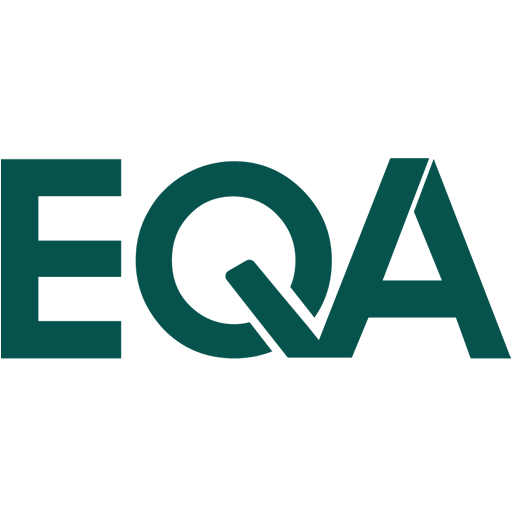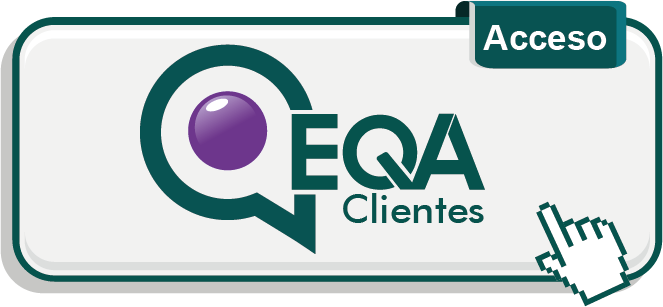
ISO / IEC 27001
Seguridad de la Información
The certification of each of the standards of the ISO/IEC 27000 family is designed for organizations that have ISO 27001 certification.
Definition of ISO 27001
ISO 27001 is an international standard that establishes the requirements for establishing, implementing, maintaining, and improving an information security management system (ISMS) in an organization. It was developed by the International Organization for Standardization (ISO) and the International Electrotechnical Commission (IEC) and was first published in 2005.
Objectives of ISO 27001
The ISO 27001 standard establishes a set of objectives and requirements for an effective information security management system (ISMS). The main objectives of ISO 27001 are:
- Protect information: The main objective of ISO 27001 is to protect an organization’s sensitive and critical information. This includes the confidentiality, integrity and availability of information.
- Manage risks: The standard seeks to establish a systematic process to identify, evaluate and manage information security risks. This helps the organization make informed decisions about how to mitigate or accept those risks.
- Legal and regulatory compliance: Ensure that the organization complies with relevant laws and regulations related to information security. This is especially important in highly regulated industries such as healthcare, finance, and personal data protection.
- Improve operational efficiency: By establishing clear policies and procedures related to information security, ISO 27001 seeks to improve operational efficiency by reducing the risk of security incidents that can disrupt normal business operations.
- Strengthen customer trust: By demonstrating commitment to information security through ISO 27001 certification, organizations can gain the trust of their customers, business partners and stakeholders by ensuring their data is adequately protected.
- Establish a security culture: ISO 27001 promotes a security culture throughout the organization by involving all levels of the company in decision making and responsibility for information security.
- Improve incident response: The standard also addresses the need to establish incident response plans and procedures so that the organization can react effectively should a security breach occur.
- Improve supplier management: ISO 27001 also addresses the management of information security in the supply chain, ensuring that suppliers and business partners meet the necessary security standards.
Benefits of ISO 27001
Implementing the ISO 27001 standard and obtaining the corresponding certification can provide a series of significant benefits for an organization. These benefits include:
- Improving information security: ISO 27001 helps an organization proactively identify and address information security risks, leading to greater protection of critical information assets.
- Legal and regulatory compliance: Helps ensure that the organization complies with applicable laws and regulations related to information security, which can avoid sanctions and fines for non-compliance.
- More effective risk management: Provides a structured and systematic approach to identifying, assessing, and mitigating information security risks, contributing to more informed decision making.
- Customer Trust: ISO 27001 certification demonstrates the organization’s commitment to information security, which can increase the trust of customers and business partners and generate new business opportunities.
- Improving operational efficiency: A well-implemented ISMS can help optimize processes and procedures related to information security, which in turn can improve operational efficiency.
- Reduction of security incidents: By implementing effective information security controls, an organization can reduce the likelihood of security incidents, such as data breaches and privacy violations.
- Reputation protection: Adopting good information security practices and preventing security incidents helps protect the organization’s reputation and prevent damage to its image.
- Business continuity: ISO 27001 promotes business continuity planning and disaster recovery, ensuring that the organization can maintain its operations even in adverse situations.
- Long-term cost savings: Although initial implementation may require a significant investment, in the long term, it can save money by preventing costly information security incidents and reducing the risks associated with data loss.
- Market competitiveness: ISO 27001 certification can provide an organization with a competitive advantage by demonstrating its commitment to information security, which can be a differentiating factor in the market.
Frequently Asked Questions
Stages of the ISO 27001 Standard
The key stages in the implementation of ISO 27001 are the following:
- Initiation and Commitment of Senior Management:
– Identify the need to implement ISO 27001.
– Obtain the commitment of senior management for the project.
- Establishment of the Scope of the ISMS:
– Define what information assets will be covered by the ISMS.
– Determine the scope limits of the ISMS.
- Start Risk Analysis:
– Identify and evaluate information security risks.
– Determine threats, vulnerabilities, and potential impact.
- Definition of the Information Security Policy:
– Develop an information security policy that establishes the general principles and objectives of the ISMS.
- Planning:
– Establish an action plan to address identified risks.
– Define information security controls to mitigate risks.
- Implementation:
– Implement information security controls and procedures.
– Train staff in safety practices.
- Residual Risk Assessment:
– Reassess risks after implementing controls.
– Ensure that residual risks are within acceptable limits.
- Internal audit:
– Carry out internal audits to evaluate compliance with ISO 27001.
– Identify areas of improvement.
- Management Review:
– Senior management reviews the performance of the ISMS and internal audits.
– Decisions are made to improve the ISMS as necessary.
- External Certification:
– Hire an external certification body to perform an audit and issue a certification if the requirements of ISO 27001 are met.
- Maintenance and Continuous Improvement:
– Continue to monitor and improve the ISMS over time.
– Respond to changes in security risks and requirements.
More information about ISO 27001 procedures.
Structure of the ISO 27001 Standard
The ISO 27001 standard follows an organizational structure consisting of several sections, which provide a framework for establishing, implementing, maintaining and improving an Information Security Management System (ISMS) in an organization. The structure of ISO 27001 is based on ISO Annex SL, which is a common structure for all management system standards, facilitating integration with other management systems such as ISO 9001 (quality) or ISO 14001 (environment). atmosphere). The structure of the ISO 27001 standard is described below:
- Introduction: This section provides an overview of ISO 27001, its objectives and purposes, and how it integrates with other management systems.
- Scope: Defines the scope of the ISMS, that is, to which areas and processes of the organization it applies. This helps establish boundaries and clarify which information assets are covered.
- Normative references: Lists the standards and reference documents used in the ISO 27001 standard.
- Terms and definitions: Provides a list of key terms and definitions used in the standard to ensure common understanding.
- Organization Context: This section focuses on understanding the organization’s environment, its stakeholders, legal and regulatory requirements, and other factors that may affect information security.
- Leadership: Establishes the requirements for leadership and commitment of senior management in relation to the ISMS. It includes the designation of an information security manager and the definition of roles and responsibilities.
- Planning: ISMS planning is discussed here, including risk identification, risk assessment, and defining information security objectives.
- Support: Describes the resources required for the ISMS, such as personnel, infrastructure, and competence, as well as how they should be managed and provided.
- Operation: This section focuses on the implementation and operation of the ISMS, including risk management, change management, information security and business continuity planning.
- Performance evaluation: Establishes the requirements for monitoring and measuring the performance of the ISMS, as well as for internal auditing.
- Improvement: Focuses on continuous improvement of the ISMS, using the results of monitoring, auditing, and senior management review.
- Annex A (ISO 27002: List of controls): This section provides a list of information security controls, along with their control objectives. These controls are selected and applied based on the organization’s risk assessment and are an essential part of the implementation of ISO 27001. Each section of ISO 27001 has specific requirements that must be met to achieve certification. The structure and approach of the standard are designed to ensure effective management of information security in an organization.
More information about the implementation phases of ISO 27001.
The PDCA cycle in the ISO 27001 Standard
The Deming Cycle, also known as the PDCA (Plan, Do, Check, Act) cycle, is a continuous improvement approach that can be applied in various areas, including information security management in the context of the ISO standard. 27001, let’s see below how it focuses on the different stages:
- Plan (P): At this stage, the organization must plan its information security management system (ISMS) in accordance with the requirements of ISO 27001. This includes the identification of information assets, risk assessment, the definition of security policies and objectives, and the planning of security controls. It is important to establish a solid foundation for the ISMS.
- Do (D): Once the ISMS has been planned, it moves on to implementation. This involves executing plans, implementing security controls, training staff, and creating necessary records and documentation. During this phase, the organization puts into practice what it has planned.
- Check (C): In this stage, an evaluation and monitoring of the ISMS is carried out to ensure that it is functioning in accordance with the established policies and procedures. This involves conducting internal audits, measuring information security performance, and continuously assessing risks.
- Act (A): Based on the results of the Verify phase, the organization takes measures to correct and improve the ISMS. This may include implementing corrective and preventive actions, updating policies and procedures, and introducing continuous improvements to the system.
The Deming Cycle is repeated continuously to achieve continuous improvement in information security management. Each time the cycle is completed, feedback is given to make additional adjustments and improvements to the ISMS in accordance with changes in the threat environment, technological advances and organizational requirements. This continuous improvement methodology is essential to maintain the effectiveness and relevance of the ISMS over time, which is essential to meet the objectives of ISO 27001.
Structure of ISO/IEC 27001 in the PDAC cycle


More information about the latest developments in the ISO 27001 Standard.
Contact us for more information about ISO 27001
Follow us
Tel. +34 913 078 648
